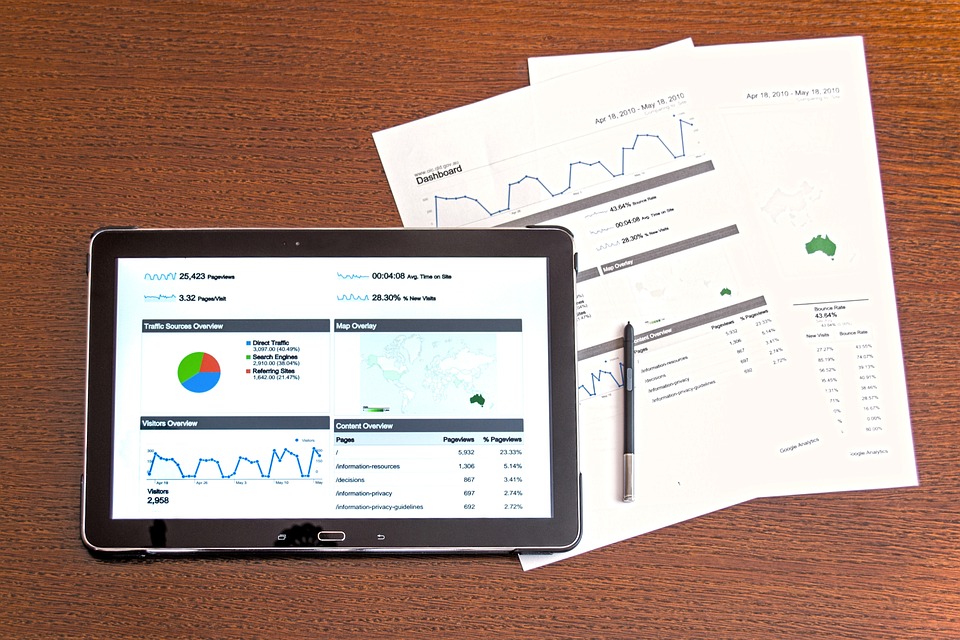
Designing Websites for Speed and Performance
- 0
When it comes to websites, speed and performance are crucial factors that can make or break the user experience. In today’s fast-paced digital world, users expect websites to load quickly and operate smoothly. Slow loading times and sluggish performance can lead to high bounce rates, lower traffic, and ultimately, lost revenue. Therefore, it is essential for web designers to prioritize speed and performance in their designs.
Optimizing Images and Media
One of the main culprits of slow loading times on websites is large, unoptimized images and media files. When designing a website, it is important to compress images and videos to reduce file size without sacrificing quality. This can be done using tools such as Photoshop or online compression tools like TinyPNG. Additionally, using modern image formats like WebP can help improve loading times on supported browsers.
Minifying CSS and JavaScript
Another way to improve website speed is by minifying CSS and JavaScript files. This involves removing unnecessary whitespace, comments, and formatting from the code to reduce file size. There are several tools available that can automate this process, such as Minify or UglifyJS. By minifying CSS and JavaScript, you can significantly reduce load times and improve website performance.
Implementing Browser Caching
Browser caching is a technique that allows website files to be stored in a user’s browser cache, reducing the need to re-download them every time the user visits the website. By setting cache-control headers in your website’s .htaccess file, you can control how long files are cached and improve loading times for returning visitors. This can have a significant impact on website speed, especially for users with slower internet connections.
Utilizing Content Delivery Networks (CDNs)
Content Delivery Networks (CDNs) are networks of servers located in various geographic locations that cache website files and deliver them to users based on their location. By using a CDN, you can distribute website content more efficiently and reduce the distance between the user and the server, resulting in faster loading times. Popular CDNs like Cloudflare and Akamai offer additional features like DDoS protection and SSL encryption, making them essential tools for optimizing website speed and performance.
Testing and Monitoring Performance
Once you have implemented speed optimization techniques in your website design, it is important to regularly test and monitor its performance. Tools like Google PageSpeed Insights, GTmetrix, and Pingdom can help you identify areas for improvement and track loading times over time. By continuously monitoring website performance, you can ensure that your website is delivering a fast and seamless user experience.
Conclusion
In conclusion, designing websites for speed and performance is essential in today’s digital landscape. By optimizing images and media, minifying CSS and JavaScript, implementing browser caching, utilizing CDNs, and testing performance, you can ensure that your website loads quickly and operates smoothly for users. Prioritizing speed and performance in your web design process will not only improve user experience but also boost traffic, engagement, and ultimately, conversions. Remember, a fast website is a successful website.

